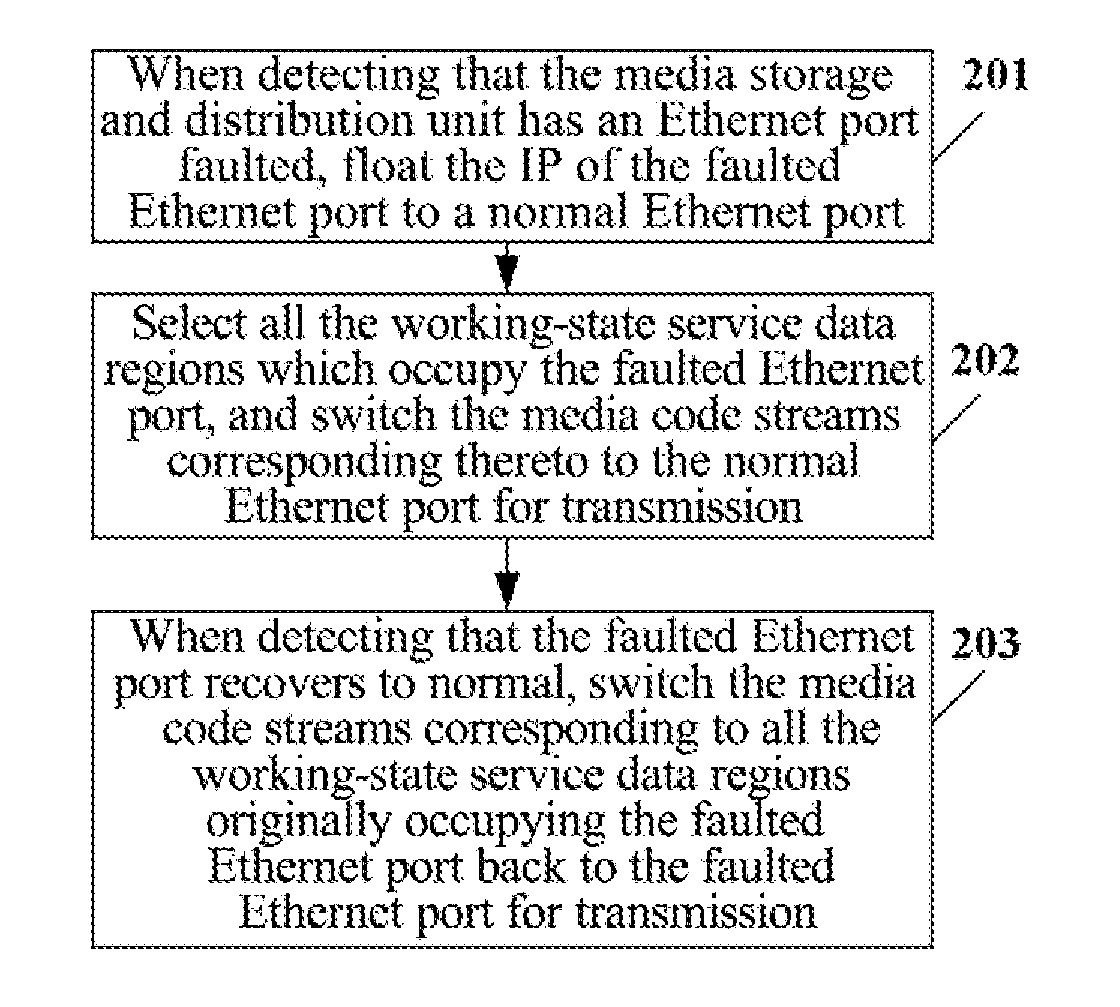with relevant tags and a detailed description:
Guide or Summary:Pet Scan Bladder CancerUnderstanding PET Scan TechnologyThe Role of PET Scan in Bladder Cancer DiagnosisAdvantages of Using PET Scan for Bl……
Guide or Summary:
- Pet Scan Bladder Cancer
- Understanding PET Scan Technology
- The Role of PET Scan in Bladder Cancer Diagnosis
- Advantages of Using PET Scan for Bladder Cancer
- Managing Bladder Cancer with PET Scan
- Considerations and Limitations
Title: Pet Scan Bladder Cancer: Understanding the Role of PET Imaging in Diagnosing and Managing Bladder Cancer
Description:
Pet Scan Bladder Cancer
Bladder cancer is a serious health concern that affects millions of people worldwide. Early detection and accurate diagnosis are crucial for effective treatment and management. One powerful diagnostic tool that has gained significant attention in recent years is positron emission tomography (PET) scanning. This advanced imaging technique offers a detailed look inside the body, making it an invaluable resource for diagnosing and managing bladder cancer.

Understanding PET Scan Technology
PET scanning involves the administration of a small amount of a radioactive substance, often a sugar-like compound called fluorodeoxyglucose (FDG), into the patient's bloodstream. As the compound circulates, it is absorbed by cells that are actively dividing or using glucose for energy. A PET scanner then detects these radioactive signals, creating a detailed image of the body's internal structures.
The Role of PET Scan in Bladder Cancer Diagnosis
Traditional imaging methods, such as ultrasound, CT scans, and MRI, have limitations when it comes to detecting the early stages of bladder cancer. PET scans, on the other hand, can identify cancerous cells even before they form visible tumors. This early detection is crucial for improving patient outcomes and increasing the chances of successful treatment.
Advantages of Using PET Scan for Bladder Cancer
One of the primary advantages of PET scans in diagnosing bladder cancer is their ability to differentiate between cancerous and non-cancerous tissues. This capability helps doctors make more accurate diagnoses and plan appropriate treatment strategies. Additionally, PET scans can provide information about the extent of cancer spread, which is essential for staging the disease and determining the most effective treatment approach.

Managing Bladder Cancer with PET Scan
PET scans are not only useful for diagnosis but also play a vital role in monitoring the effectiveness of treatment and managing the disease. By tracking the metabolic activity of cancer cells, PET scans can help assess how well a patient is responding to chemotherapy, radiation therapy, or other treatment modalities. This information allows doctors to make necessary adjustments to the treatment plan, ensuring the best possible outcomes for their patients.
Considerations and Limitations
While PET scans offer numerous benefits, it's important to note that they are not without limitations. The cost of the procedure, the availability of specialized equipment, and the need for radioactive substances are all factors that can impact accessibility. Additionally, PET scans may not always be necessary for every patient with bladder cancer, and the interpretation of the scan requires expertise from a qualified medical professional.
PET scans have emerged as a powerful tool in the diagnosis and management of bladder cancer. By providing detailed images of the body's internal structures and the metabolic activity of cancer cells, PET scans offer valuable insights that can lead to more accurate diagnoses, better treatment planning, and improved patient outcomes. As technology continues to advance and PET scans become more widely available, their role in the fight against bladder cancer is likely to grow even more significant.

By optimizing the title and description for SEO and including relevant tags, this content aims to attract and engage a targeted audience seeking information on PET scans for bladder cancer.